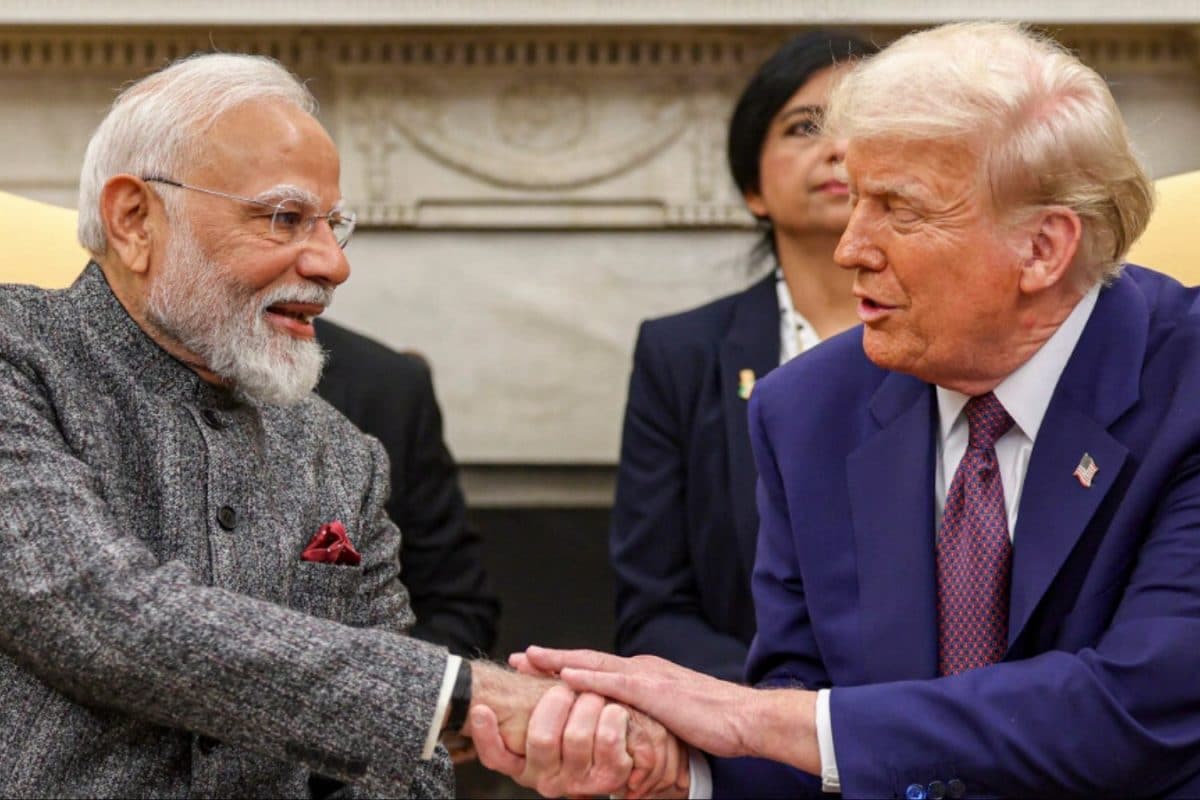

Negotiations between India and the United States for a trade deal are reportedly in their final stages and could be completed within a week, according to sources familiar with the matter. This development comes as the July 8th deadline looms for the imposition of reciprocal tariffs by the U.S., adding urgency to the talks.
Key Issues and Sticking Points
While both sides have expressed optimism, several key issues have been sticking points in the negotiations. These include:
Potential Outcomes and Benefits
Despite the challenges, both countries have strong incentives to reach an agreement. A successful trade deal could lead to several benefits, including:
Mini Deal and Future Negotiations
Given the complexity of the issues involved, the initial agreement is likely to be a "mini-deal" that addresses some of the most pressing concerns. Both sides are reportedly working towards a more comprehensive Bilateral Trade Agreement (BTA) by October 2025. This phased approach would allow both countries to address the most critical issues in the short term while continuing to negotiate a broader agreement in the future.
Trump's Perspective
U.S. President Donald Trump has repeatedly hinted at a major trade deal with India, stating that the U.S. is looking to "open up India". However, he has also emphasized the need for a "reciprocal" agreement that benefits both countries. Trump's negotiating style has been described as "all-sticks-and-no-carrot," which could make it difficult for Prime Minister Modi's government to sell the deal to a domestic audience.
Impact of Tariffs
The looming threat of increased tariffs adds pressure on both sides to reach an agreement. If a deal is not reached by July 8, Indian exports to the U.S. could be subject to higher tariffs, potentially disrupting trade flows. India has been seeking a complete exemption from these tariffs, while the U.S. may be willing to maintain a 10% baseline tariff on most Indian exports.